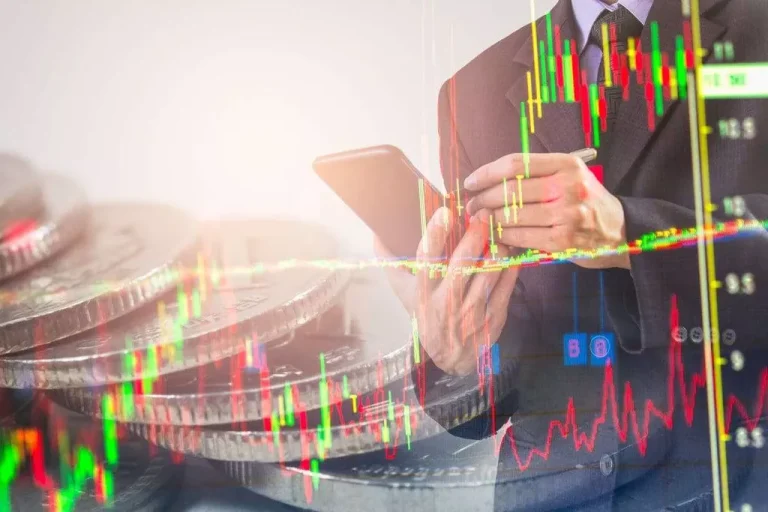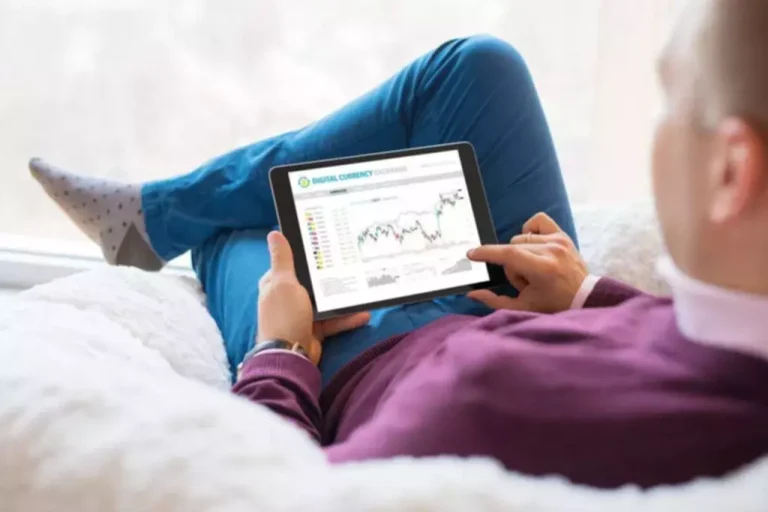Content
Tier 2 LPs are an excellent example of digital disruption, allowing smaller companies to liaise between tier 1 LPs and the general forex market. By committing to buy and sell assets, they often act as a stabilizing force, especially in niche or less liquid markets. Their continuous presence can prevent abrupt market gaps and provide a sense of reliability to other market participants. The primary motivation for liquidity providers is to facilitate trading and earn spreads. Stock exchanges with low liquidity make it difficult to buy or sell an asset at its true market value. These type of exchange forces buyers https://www.xcritical.com/ and sellers to hold an entry until there is enough liquidity.

Who Are the Core Liquidity Providers in the Cryptocurrency Markets?
Unlike market makers who actively build a market by quoting both buy and sell prices, liquidity providers usually supply asset values depending on the state of the market. Their main goal is to provide the market more complexity so that big orders may be fulfilled without significantly affecting asset values. In the financial market, Market Makers play both buying and sellers roles. Their main role is to provide ongoing market liquidity, hence bridging the supply-demand imbalance. Ethereum Quoting bid (buy) and ask (sell) prices for an asset shows their readiness for trading.
Market Makers Vs Liquidity Providers: Main Differences

In extreme circumstances, if the amount of winning trades exceeds the fees collected from losing trades, liquidations, and other fees, LP performance can be negative and accrue debt. Keeper fees, open interest fees, losing trades, and liquidations result in higher rewards for LPs. Fees from Synthetix products are directed to Liquidity Providers (LPs) in addition to rewards from various incentive programs. LPs earn a share of these market maker vs liquidity provider fees distributed pro-rata according to their share of the total liquidity provided in addition to various rewards or incentive programs that benefit LPs.
Core Liquidity Provider: What it is, How it Works
AMM is considered the next phase of the financial landscape due to its appeal to the decentralized economy. While it has its advantages, the nascent technology also has its weaknesses. The third price discovery mechanism is the one that operates using external inputs from oracles to determine price. Any depositing, locking, claiming rewards, or unlocking of liquidity triggers a 24 hour waiting period before withdrawing.
Liquidity Provider vs Market Maker: Why Does The Forex Market Need Both?
- For brokerage owners and business heads, discerning their differences is vital for strategic alignment and efficient operations.
- This is particularly advantageous in highly liquid markets, where the sheer volume of trading and the presence of multiple LPs can lead to very competitive spreads.
- Their influence can lead to more predictable pricing, which is especially beneficial in markets where liquidity is sporadic.
- With a background in higher education and a personal interest in crypto investing, she specializes in breaking down complex concepts into easy-to-understand information for new crypto investors.
- A key characteristic of core liquidity providers is that they continually provide liquidity in all market conditions—not just when they find it advantageous to buy or sell a security.
- These institutions may be represented by private investors or international companies.
- They have the resources to impact the market fundamentally due to their international outreach and highly liquid reserves from other banking activities.
Core liquidity providers are typically institutions or banks that underwrite or finance equity or debt transactions and then make a market or assist in the trading of the securities. AMMs are non-custodial, as users are solely responsible for the security of their funds. DEX platforms are usually accessed via crypto wallets, and once the user is done, they can disconnect their wallet. This way, platforms can’t store any user’s assets but only processes their transactions using smart contracts. The first is that liquidity-takers pay a fee to liquidity providers for retrieving the underlying asset. Secondly, once liquidity is removed from the pool, the bonding curve creates an automatic transfer of fees taken from the takers and given to the providers.
The financial sector is strongly reliant on laws and compliance measures. Following these guidelines helps brokerages maintain credibility and guarantee the seamless operation of the financial ecosystem when they work with market makers and liquidity providers. Most foreign exchange trading firms are market makers, as are many banks.
Integration with brokerages might require tailored tech solutions to ensure seamless data flow. Engaging primarily with a single or limited market maker can introduce a specific counterparty risk. Should a market maker neglect its responsibilities or run into financial problems, the trading the environment may be disturbed. For brokerages, it’s crucial to evaluate the selected market makers’ financial situation and reputation. Imagine a scenario where there aren’t enough sellers for a particular asset. In such a situation, a trader wanting to purchase might find it challenging to locate a suitable seller.
Liquidity providers (LPs) are companies that exclusively specialise in sourcing liquidity to the forex market players. LPs represent a narrower niche of market makers, so most of the general public views these organisations as synonymous. Modern brokers must negotiate the complex worlds of market makers and liquidity providers. Threads in the intricate fabric of the financial ecosystem, partnerships and alliances link institutions to increase their combined might and reach. Whether with market makers or liquidity providers, these relationships are strategic partnerships that might determine the future success of a brokerage.
In these instances, it is vital to provide ample liquidity to stabilise the prices and ensure that healthy currencies don’t suffer from temporary shocks to the system. In this case, LPs and MMs are the first line of defence, supplying funds wherever and whenever required. This mutually beneficial system allows the modern forex economy to thrive despite the occasional bumps on the road. These massive organisations utilise their ample cash reserves to manipulate the market in many ways.
Tier 2 LPs provide smaller levels of funding for appropriately smaller brokers, traders and investors. Instead of possessing the necessary liquid funds outright, tier 2 LPs create liquidity pools by negotiating with various large banks, private investors and hedge funds. They supply funds to digital exchange platforms in forex or sometimes create their platforms to maximise their profits. Both liquidity providers and market makers provide liquidity sourcing to various forex sectors, including local and international regions.
MMs are the very definition of the phrase – “with great power comes great responsibility”. MMs are also known to operate in multiple industries, aggregating their resources to produce a cross-industry synergy and consistency across markets. For example, the recent surge of market making in crypto has motivated large banks to invest in this sector, producing slightly more consistent pricing between forex and crypto industries.
Yet, in the volatile world of crypto, holding a position for an extended time can severely damage your portfolio. When an investor with a large amount of capital buys and sells extensive quantities of an asset, the impact on prices and other investors could be dramatic. Liquidity providers help the markets maintain equilibrium even in the face of large transactions.
By harmonizing operations with regulations, the brokerage’s standing may improve and more selective customers and partners will be drawn in. It may also avoid expensive interruptions resulting from legal violations. Cutting edge UI and seamless trading experience meet each other in our white label trading platform primed for your own brokerage brand. In this article, we will explore the concept of AMMs (Automated Market Makers) and how they can enhance the DeFi landscape for both projects and traders.
This creates a pool of assets that can be used to facilitate trades between different cryptocurrencies. This process is automated through smart contracts, eliminating the necessity for middlemen. However, when talking about centralised exchange, liquidity is usually provided by crypto market-making entities. Slippage is when a transaction is initiated at a price that is known in advance but may open at a completely different price, both for better and for worse. Liquidity providers and market makers, providing liquidity, ensure a situation in which the appearance of a spread is practically excluded, especially for popular trading instruments.
Let’s dive into the terminology to understand the difference between a market maker and liquidity provider. In this article, we’ll examine the roles, differences, and impacts of liquidity providers and market makers. This way, traders get to deposit crypto assets into relevant pools to offer liquidity and reduce slippage.
Leave a Reply